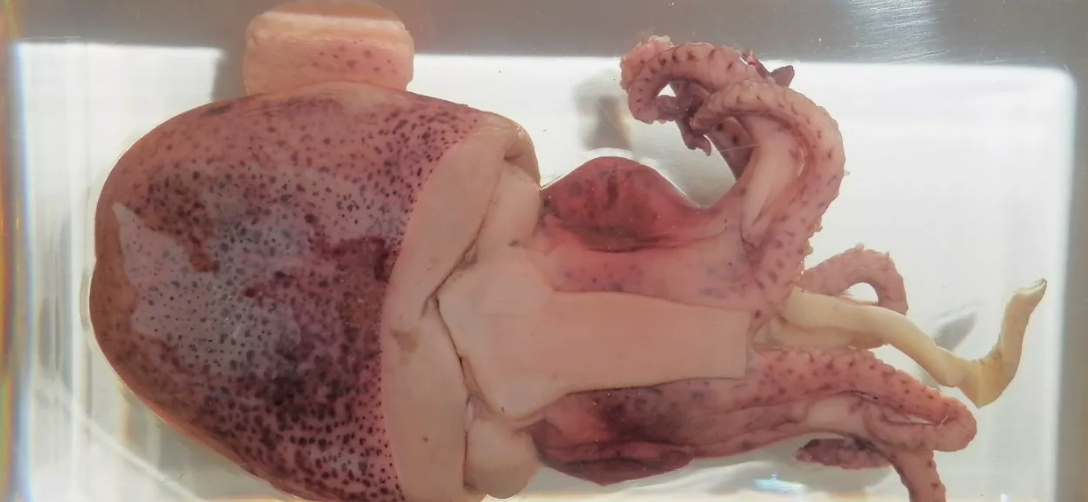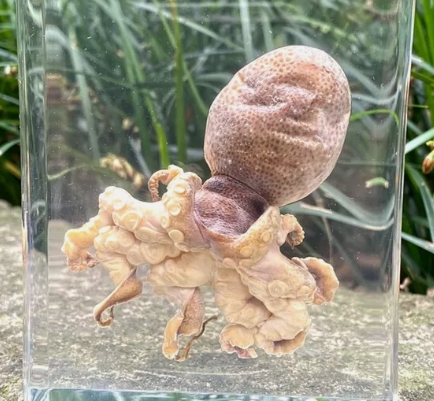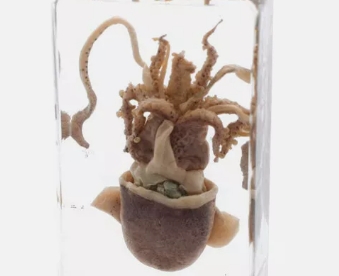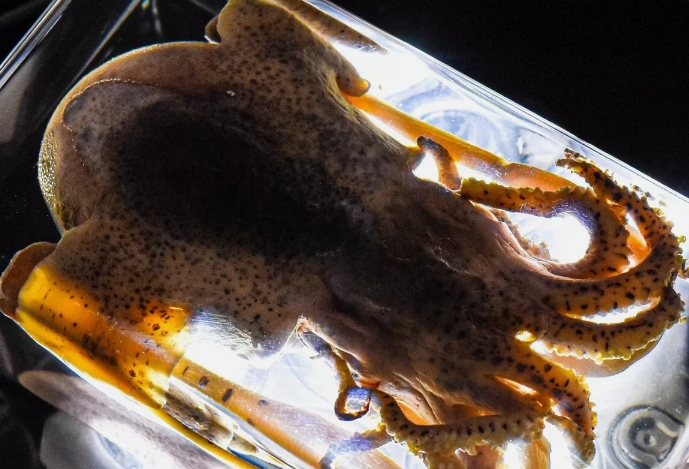Cuttlefish, belonging to the mollusc class Cephalopoda, is an important organism widely distributed in the world's oceans. Its body shape is streamlined and soft, and it is well adapted to water life. Cuttlefish are known for their unique physiological characteristics and graceful swimming patterns, and are also an important part of the Marine ecosystem as predators and food chains.
Cuttlefish specimens are of great value in scientific research and education. By preparing cuttlefish specimens, researchers were able to observe their anatomy, skin pigment changes, and physiological functions in detail, providing a deeper understanding of their habits and adaptations. Cuttlefish have excellent camouflage abilities and rapid escape mechanisms, characteristics that make them ideal subjects for studying biological adaptations.
In the field of education, cuttlefish specimens provide students with the opportunity to intuitively understand Marine life. By looking at specimens, students can learn about the classification of cuttlefish, their ecological role and their importance in the Marine food chain. At the same time, the process of specimen preparation also cultivates students' scientific experiment skills and meticulous observation ability.
In general, cuttlefish specimens not only contribute valuable materials to scientific research, but also play a positive role in Marine biology education.




